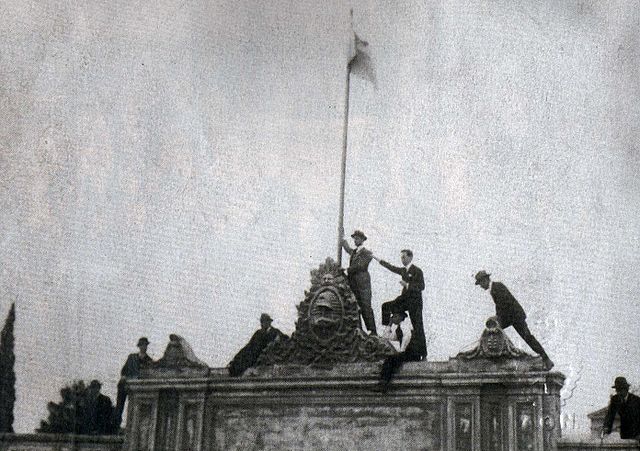Education in state institutions is at the initial, primary, secondary and tertiary levels and in the undergraduate university level. Private education is paid, although in some cases state subsidies support its costs. According to studies by UNESCO, education in Argentina and Uruguay guarantee equality to have institutional features that hinder the commercialization of education, as well as Finland has characteristics that favor multiethnic population education and special education, education favors Argentina equality. According to the last census, the illiteracy rate is 1.9%, the second lowest in Latin America. In the last decade, Argentina has created nine new universities, while the outflow of university students increased by 68%.
President Domingo F. Sarmiento, father of the Argentine Education System
Sarmiento Teachers' College: President Domingo Sarmiento established the first of these Escuelas Normales
The ubiquitous white uniform of Argentine school children is a national symbol of learning.
Secondary school in the Pampas city of Bragado. Argentina's secondary schools belong to a provincial system.
Argentine university reform of 1918
The Argentine university reform of 1918 was a general modernization of the universities, especially tending towards democratization, brought about by student activism during the presidency of Hipolito Yrigoyen, the first democratic government. The events started in Córdoba and spread to the rest of Argentina, and then through much of Latin America. The reform set up the freedom for universities to define their own curriculum and manage their own budget without interference from the central government. This has had a profound effect on academic life at the universities through the nationalization process that boasts academic freedom and independence throughout the university life.
Students raise the flag of Argentina at the University of Córdoba.





